An exclusive chat with filmmaker Ted Geoghegan, writer/director of the indie horror hit We Are Still Here, talking about his remarkable new film Mohawk.
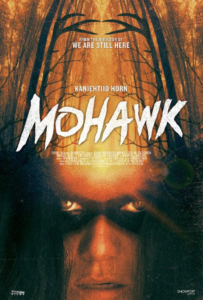 There’s something special about Ted Geoghegan. He exudes a passion for filmmaking that is infectious and has an impressive knowledge of movies, while remaining easy and enjoyable to talk to. I’m sure his day job as a film publicist helps facilitate this demeanor, but it seems genuine and innate, as if no matter what, this love of movies and storytelling would surface.
There’s something special about Ted Geoghegan. He exudes a passion for filmmaking that is infectious and has an impressive knowledge of movies, while remaining easy and enjoyable to talk to. I’m sure his day job as a film publicist helps facilitate this demeanor, but it seems genuine and innate, as if no matter what, this love of movies and storytelling would surface.
I recently had the pleasure of chatting with Geoghegan, discussing his latest film Mohawk, a bloody genre blending race for survival in the woods of New York during the year of 1814.
In 2015, Ted found worthy success with his debut film We Are Still Here, a frightening and effective addition to the Haunted House sub genre which delighted both fans and critics. It was a creepy, atmospheric tale played out wonderfully by its cast (including the legendary Barbara Crampton and Larry Fessenden), and it perfectly utilized the practical effects wizardry of Oddtopsy FX, supervised by Marcus Koch.
But for his sophomore effort, Geoghegan radically switches gears and presents a film difficult to pigeonhole. Both himself and co writer Grady Hendrix (best selling horror author of My Best Friend’s Exorcism, Horrorstor) seem to reach out of their ‘normal’ box of tricks and pursue the need to tell a story very relevant to the times — despite being set over 200 years ago.
Immediately, Mohawk shakes any preconceived notions about itself, with a rad opening credit sequence that gave me an Escape From New York vibe via the synth heavy soundscape, that surprisingly continued to help appropriately set the tone of the movie.
“New York, 1814. The Revolution has left a scar across this New World that will not heal…”
The new war between the Americans and Great Britain is escalating, and the native Mohawk have remained neutral. Time has come though, for the fleeting tribe to choose a path for themselves. Three souls have connected with each other: Oak (Kaniehtiio Horn) and Calvin Two Rivers (Justin Rain), who are both Mohawk, and Joshua (Eamon Farren), their British companion. The three find themselves in a dire situation.
Impulsive actions and miscommunication help incite a band of aggressive American soldiers to seek revenge, tracking the trio through the lush woods of New York. The already anxious and uneasy relationship between the White Man and the Indigenous people of the North American continent came to reach yet another threshold during the War of 1812. This is where our story of the two groups bleed together in more than one sense.
It is a relentless trek through the forest, where we see real horror with real monsters.
The members of the American regimen are brutal and determined to slaughter any and all who they come across, but Oak is resourceful and resilient. The film, written by two White guys, does little to hide the fact who the real aggressors are, especially with lines like, “It’s my experience that it’s the White Man that does the scalping.” Mohawk can serve as a cautionary tale, reminding us of the atrocities that happened on this continent during the early years of the 19th Century.
Both Dark Sky Films and Snowfort Pictures wisely decided to help Geoghegan make both of his features. He is a talented filmmaker that strives to satisfy those fans of elevated genre that want something worthwhile, different, and significant.
I highly recommend you give Mohawk (now available on VOD) and it’s message your time and consideration.
INTERVIEW WITH FILMMAKER TED GEOGHEGAN
Danni Darko: Hi, Ted. Thanks so much for chatting with me. Let me start by saying that I just watched your film Mohawk, and I was really impressed. In my opinion, the War of 1812 is kind of a forgotten war in American history, despite its importance. What prompted you to share this story?
Ted Geoghegan: So when I moved to NYC ten years, I was really surprised by the lack of native people I would see on the streets. I had grown up in rural Montana and was constantly around Native and indigenous people, so I found myself quite surprised that I wasn’t seeing a lot of them in NY. What I did notice, however, were these signs on virtually every major building that would say “Made with Mohawk construction” or “Built with Mohawk iron”. I was really curious as to what that was about.
You know, growing up, the word Mohawk really was only about a haircut. While I was aware the Mohawk were a Native people, I knew very little about them, and I thought perhaps I should broaden my horizons and learn a little bit more. So I decided to study the Mohawk people, their past, what they’ve been through, and what they are currently going through. I kind of filed it away in the back of my head as something I may at some point in the future want to tell a story about.
I of course went on to write a bunch of other things and ultimately made We Are Still Here about four years ago. But after We Are Still Here, the idea of doing something really really different was very exciting to me — and the opportunity to tell this story, I felt, would be something that would be a really good juxtapose to my previous film.
So, I teamed up with a very near, dear friend of mine, Grady Hendrix, who is a best selling horror author…who tends to lean more into horror comedy.
DD: Yes, he sure does!
TG: Yeah! I don’t know if you’ve had a chance to read My Best Friend’s Exorcism or Horrorstor….
DD: I have, and I think Grady is very witty.
TG: He very much is, and I feel some of the most charming dialogues in Mohawk came straight from his pen. But Grady surprisingly is a scholar of the War of 1812 and knows a massive amount of information about it. So we took this opportunity. We can’t think of a better chance to do this, so we starting writing the film.
With both of us being quite political, we were eager to tell a story about a marginalized people and what was happening to these folks at the dawn of our Country’s birth — and mirror that to what’s happening now.
Thankfully, Dark Sky and Snowfort, the producers on the film, were also keen on the idea. And given the fact that at that point, the campaigns were underway for the election, we knew things were rather dire. We felt that there was no better time to tell this story. We sat down, and we wrote something that we felt really resonated with us. And hopefully the film echoes that passion in that respect.
DD: I believe it does. I grew up in NJ right outside of NYC, and I remember asking myself the same thing in regards to the number of indigenous people, despite the numerous towns, rivers, and so on that have gotten their names from a Native source. It made me wonder, was casting a challenge for Mohawk?
TG: Casting on the film came about in a rather untraditional means, at least in terms in the casting of Oak. So once we had written the script for Mohawk, I had sent it over to my Director of Photography Karim Hussain who I had worked with previously on We Are Still Here. I just wanted his notes on the film. I was curious what he thought about it, and I just wanted a little bit of his insight.
He read it, really responded strongly to it, and then followed it up by saying, “You know, I made a segment in the anthology film Theatre Bizarre several years ago, called Vision Stains.” I don’t know if you’re familiar with Theatre Bizarre, but Karim directs a segment about a young woman who kills people, sucks out their ocular fluid, then injects it into her own eyes, and she becomes addicted to it like a drug. It’s the highlight of the anthology. He told me that the young woman who acted in that segment is a Mohawk, and he might still have her contact information.
I was like, “Oh my gosh, she was incredible in that…and I’d love to talk to her!” So Karim made the introduction between me and Kaniehtiio Horn, and I sent her the screenplay. Of course, she was initially very hesitant, given the fact it was called MOHAWK and it was written by two white men. She didn’t quite know how to react to it.
But upon reading it, she did respond very strongly to it, and she took the time to very kindly reach out to us and let us know we had actually written something that was extremely accurate to the history of her people. With that said, she (Kaniehtiio Horn) pointed out that there were numerous moments in the film where she said this isn’t quite what the Mohawk would say or do, to which we jumped at the opportunity to update it to make it as accurate as possible.
DD: That’s really awesome!
TG: Yeah, so we spent a long time with Kaniehtiio just going over the script and talking about, “Is this something the Mohawk would’ve said or done, and if not, what would be the appropriate thing to put here?” We wanted to treat the script with the utmost respect and the utmost humility, especially given, like I said, our (Grady and myself) ethnic backgrounds in telling a story like this.
So, while the end result was written by Grady and I, it absolutely has very very strong flourishes of Kaniehtiio’s knowledge and history in it. I don’t think the film would’ve landed without those moments.
DD: It seems almost serendipitous how things came together for this film. Horn is amazing in the film, and that’s really cool that she brought such a valued insight and performance to the movie.
TG: Yeah, absolutely. She and her family speak Kanien’keha (Mohawk language). So, as you probably noted, there are moments throughout the film peppered with the Mohawk language. She brought all of that to the film as well. We also made it a point to not subtitle those lines and let them live on, on their own. We never wanted them to be lines that were deeply integral to the plot, and we didn’t want anyone to miss anything, but we did like the idea of being able to put in this language that, to my knowledge, has been virtually never heard on film before.
DD: I liked the fact they were left without subtitles. It left room for self interpretation for the viewer.
TG: Oh, absolutely!
DD: On to the score of Mohawk! It’s amazing, Ted. I was not expecting such a contemporary sound setting, but it works beautifully. Can you kind of elaborate on it a bit for us?
TG: Yes! That is Wojciech Golczewski, a name that is very hard to say and spell. Golczewski was the composer on We Are Still Here as well. He came recommended to us through some friends four years ago. We absolutely fell in love with his sound.
While, given the propensity for nostalgia right now and the amount of films set in the 1980s and accompanied by synth scores, all at an all time high, the idea of scoring this using Wojciech’s sound was something that we wanted to try and see how it would land. So we sent him a sequence from the film and we said let’s throw in some of your music and let’s see how this lands. As soon as we put it in, we were like, “Oh my gosh, it totally works.”
DD: Yes, it totally does!
TG: We kind of took a lot of cues from the Showtime series The Knick in terms of how to use the music. The Knick is set during the early 1900s, and it also uses a pretty hard synth score. We watched it, we discussed it, and we talked about how it uses it in a way that doesn’t detract from not only the film, but from the time period.
I think we came up with a real nice happy medium. Similar to the score in ‘We Are Still Here’, it is rather minimalist and only really comes into its own at big moments. We felt that would really assist in the process. Wojciech is a talent above talent. I love working with the guy, and I sincerely hope that future projects will also be as in tune with his music as these last two have.
DD: You have collaborated with Wojciech and Karim before, and if I’m correct, you are also the only Director to be listed twice within the catalog of films for Snowfort Pictures? I’m assuming you have a great rapport with Travis Stevens and the team over there.
TG: That is true! I am, to the best of my knowledge, unless Travis has started production on a new film that I don’t know about, I am the only Director who has made two Snowfort films. I have a wonderful relationship with Travis. He’s been a dear friend of mine for the better part of a decade and was the reason We Are Still Here happened.
At the time, I guess about five years ago, I was finishing up the script for We Are Still Here and was excited about it potentially being my directorial debut. As you and others are quite likely to know, my day job is I’m a film publicist. One of my clients at the time was Dark Sky Films, and Travis having read the script for We Are Still Here, got very excited about it and reached out to Dark Sky. He said, “Hey, look I know this is by your publicist, but I think you got a really hot film here.”
Dark Sky took Travis up on that, and we were able to secure our budget and make that film. Thankfully, it was a big success for Dark Sky, and they were keen on trying something very outside the box — partnering up with us again for Mohawk.
DD: I really dig We Are Still Here for many reasons. One though, is the fact that this movie got me. I can usually anticipate or time jump scares. Countless other films can’t get that reaction out of me.
TG: I’m assuming the jump scare that got you was the kid in the basement?
DD: Yes!
TG: It’s the one that usually gets everybody. And, honestly, one of my favorite things about that moment in We Are Still Here…we cut it together and felt really strongly about it. And then at the last moment, we sliced off several frames from the end of the shot so that the jump scare happens almost abnormally early. It threw people for a loop. So I was really happy with how people responded to that.
It’s so much fun watching that gag in a theatre, because the audience just jumps out of their skin. Even folks who are expecting a jump scare, usually it’s the last thing they expect is for that to happen, even that millisecond earlier than they assume it’s going to.
DD: That must be so satisfying — to watch a theatre full of genre die hards, and you get ‘em. You scare them.
TG: It really is. It’s the love of my life.
DD: Would you say that Mohawk incorporates elements from different genres?
TG: Absolutely it does. As I mentioned earlier, it is a very outside the box film — which was very intentional. It’s being touted as a Action/Horror film, neither of which I can deny. There’s certainly action and certainly horror in the film, but it’s also very much a historical drama.
In a lot of ways, I think of it as a very sad, brooding character piece.
We spend so much time with these people, both good and bad, and really get insight to who they are and why they’re doing these things. That’s the sort of thing that traditionally you would never see in a horror film, or an action film for that matter. That is something that is deeply meshed in drama.
Mohawk takes pages from everything. While we don’t have a lot of direct references for the film, which was also very intentional, one of the films we watched prior to making Mohawk (and I wanted to share with some of the team), was the 1977 film called Rituals. It’s a Canadian film, kind of like a proto-slasher about a group of men who go away for a weekend, a la Deliverance, and end up running afoul of a… I won’t say what…in the woods. It’s a criminally overlooked genre film, and it’s just wonderful in how it ties everything together and how slowly and methodically they build up the terror.
But also, there’s a lot of touches of John Boorman in the film. While the last thing I would do is compare myself to such a master, we watched The Emerald Forest before making the film, which is a suspenseful drama. I suppose that’s the best way to describe it. It’s about a father obsessed with finding his lost son in the forests of South America, and it deals with a lot of the same concepts of Mohawk without being a direct influence.
We wanted to make something that when people watched, they felt like they have never seen anything like it before. In doing so, we really actively tried to avoid any sort of direct inspiration that could be easily spotted.
DD: We Are Still Here and Mohawk contrast greatly in many aspects. Does this mirror your taste in genre films? What are some of your favorites?
TG: I’m a huge Haunted House fan. I love Slasher films. I’m not a big fan of modern Slashers, although one day I hope to do one. But I am a big fan of 77 through 87 era of Slashers. I do love Haunted House movies, which are being done extremely well these days. I’m a big fan of a lot of the stuff Blumhouse is putting out, huge fan of Ti West’s House of the Devil. I’d say my tastes tend to run more traditional as a fan and more outside the box as a filmmaker.
DD: As I’m sure you know, Ted, February was Women in Horror Month. And Oak is kind of a shining example of a formidable female. Was it important for you to incorporate such a character in Mohawk?
TG: Absolutely. That is something that is very important for me, that in ALL of my films to make sure that I have an extremely strong female lead. I grew up on horror films, and I began falling in love with the films of George Romero, all of which have very pronounced female leads. I won’t necessarily say that all of them are strong, but they’re all very pronounced. Then I ended up falling in love with Italian Euro Horror, which is extremely female driven. And of course, Slasher films throughout the 80s, there was the idea of the Final Girl — finding this warrior within and destroying, often times, this male figure.
It’s something that I have fallen in love with over the years. I feel it is something important, not only to the genre, but I think socio-politically in our world to have these characters there to help represent a lot of marginalized people that we may not necessarily see outside of genre films.
With With We Are Still Here, obviously we had Barbara (Crampton) as the character of Ann, and we wanted to create someone who was powerful and intense but who also had a weakness to her — one she was constantly fighting to overcome. We kind of left it up to the audience whether or not they felt she did in fact overcome that.
In Mohawk, we have a scared young woman who has been placed into a situation unlike any she has ever seen, and she ultimately rises to the occasion. Given the fact the film starts out and she has these two handsome male lovers, and by the time the film is over, without spoiling anything, she makes a very hard realization that they were never there to protect her. She’s always been able to protect herself.
Through all the horrors Oak endures, I (slight spoiler) am very proud of the fact she comes out standing.


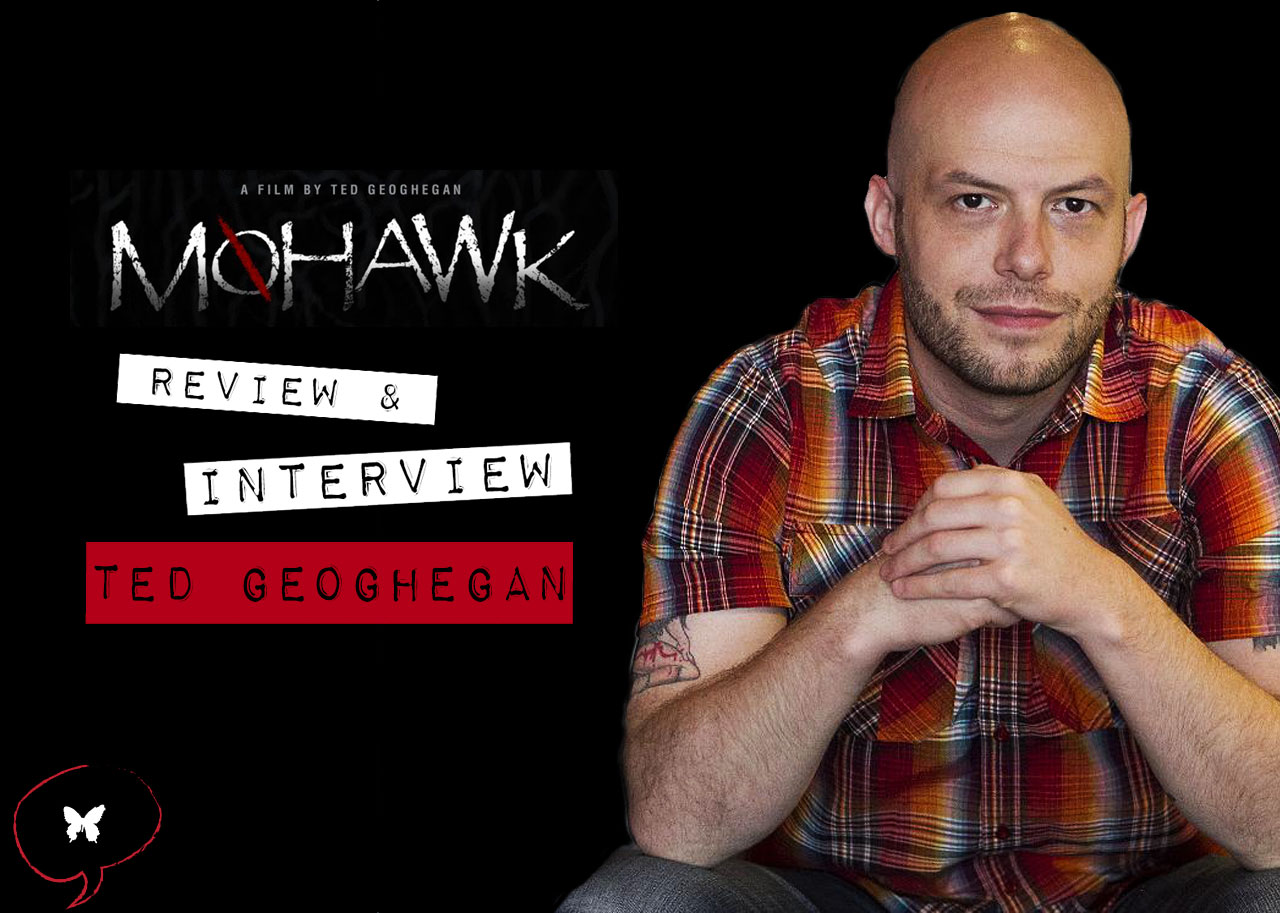
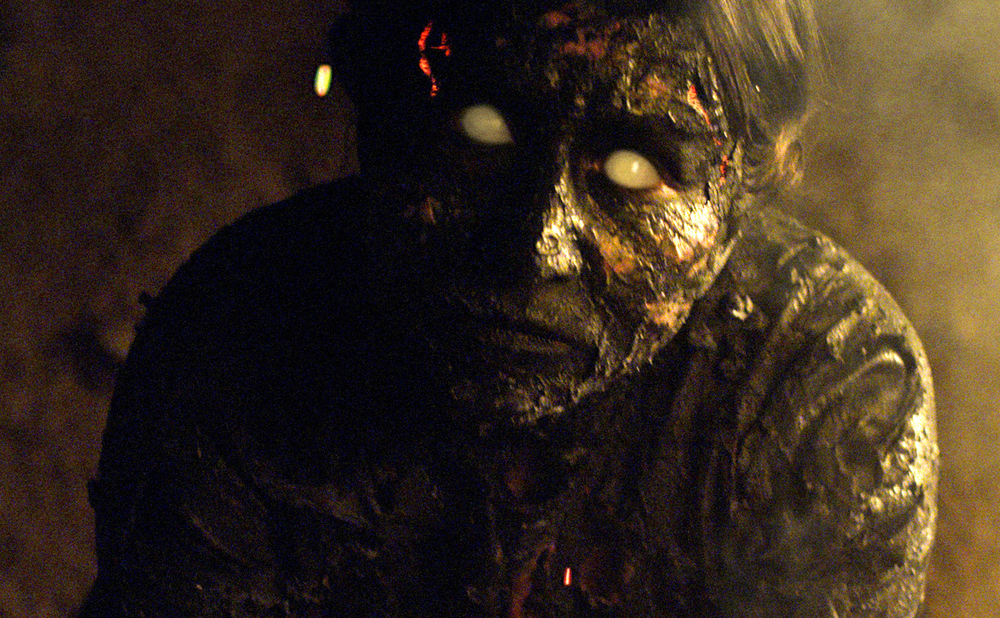

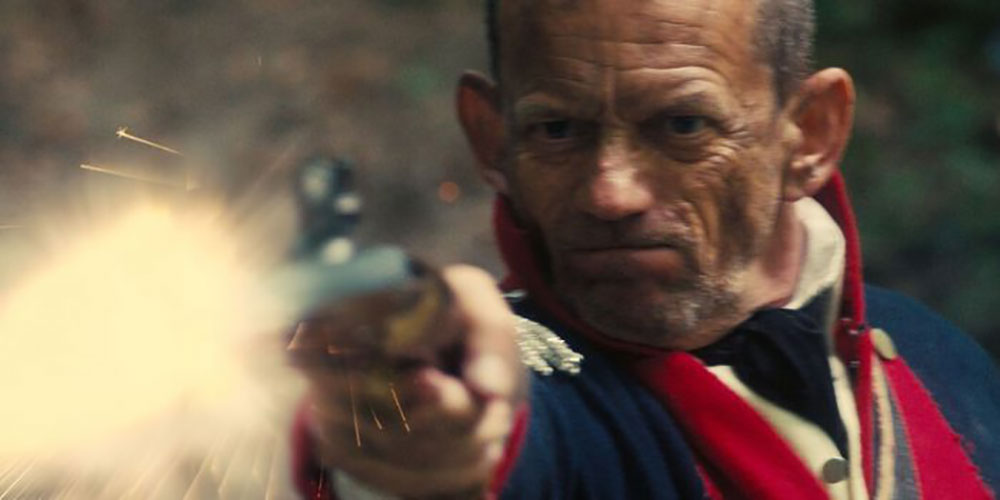
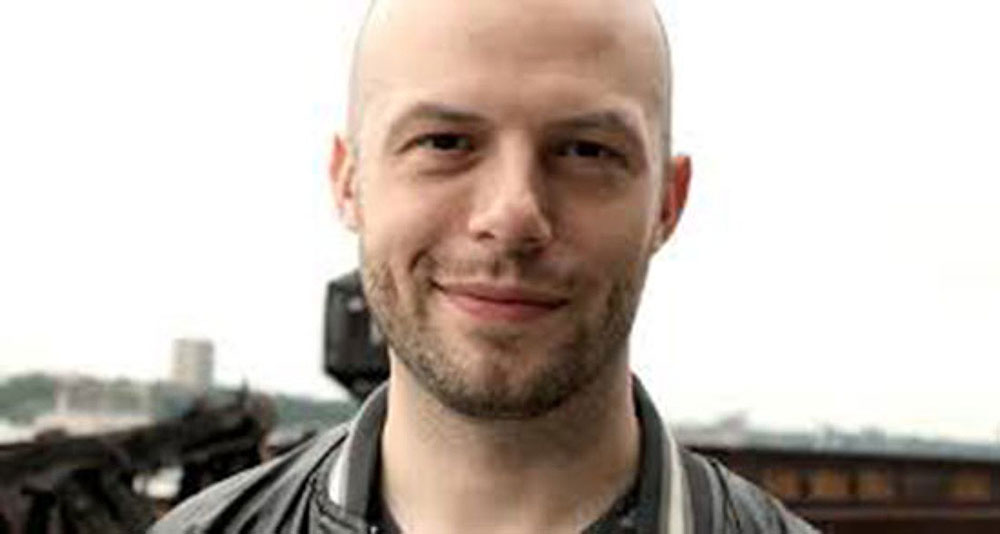
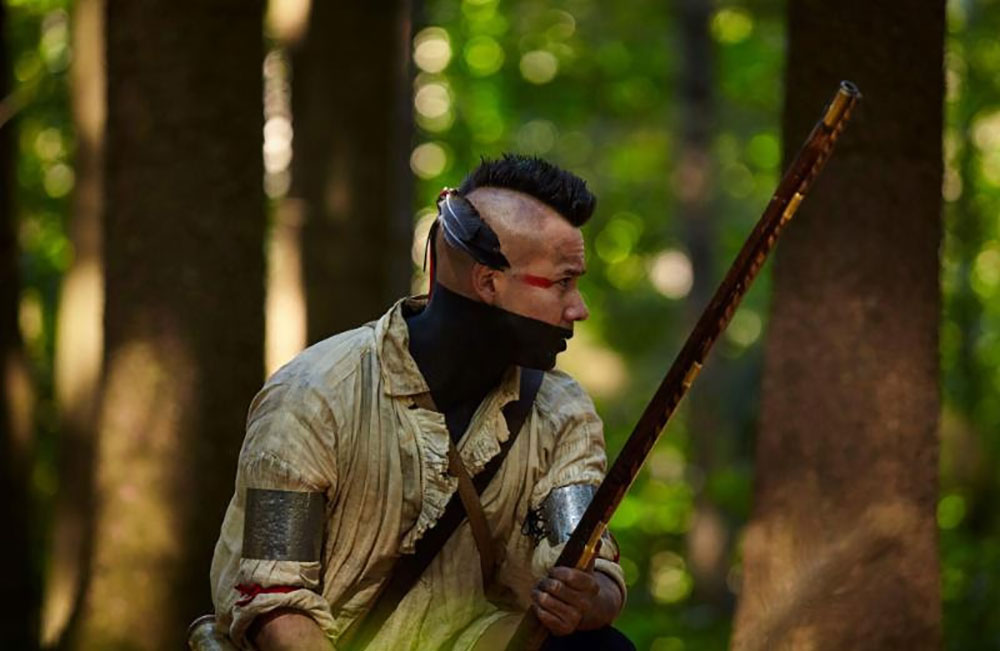
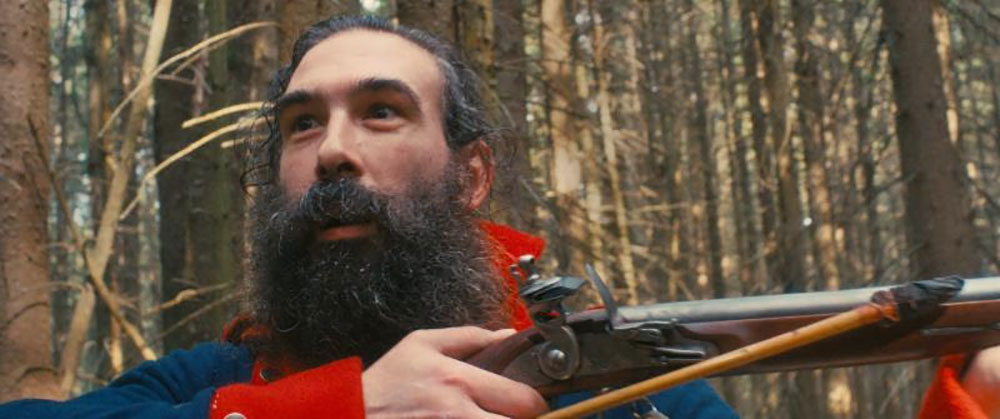
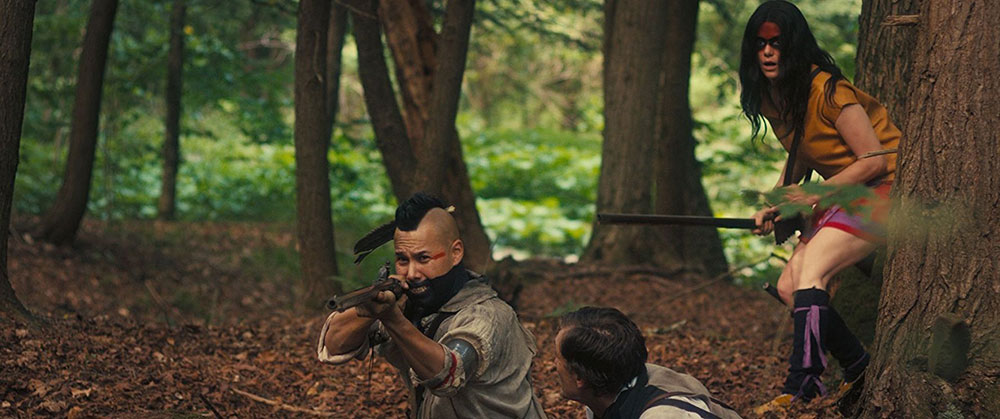


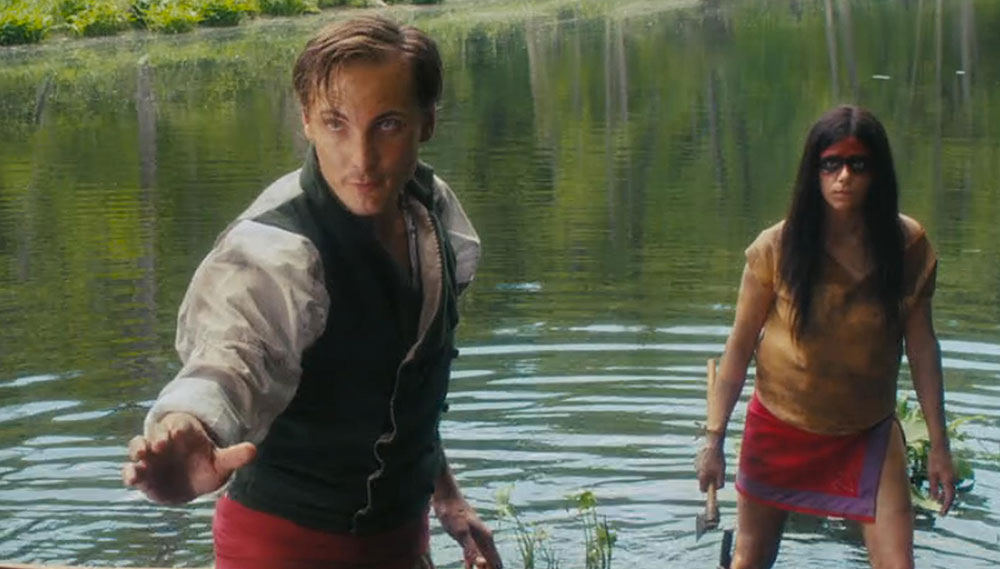

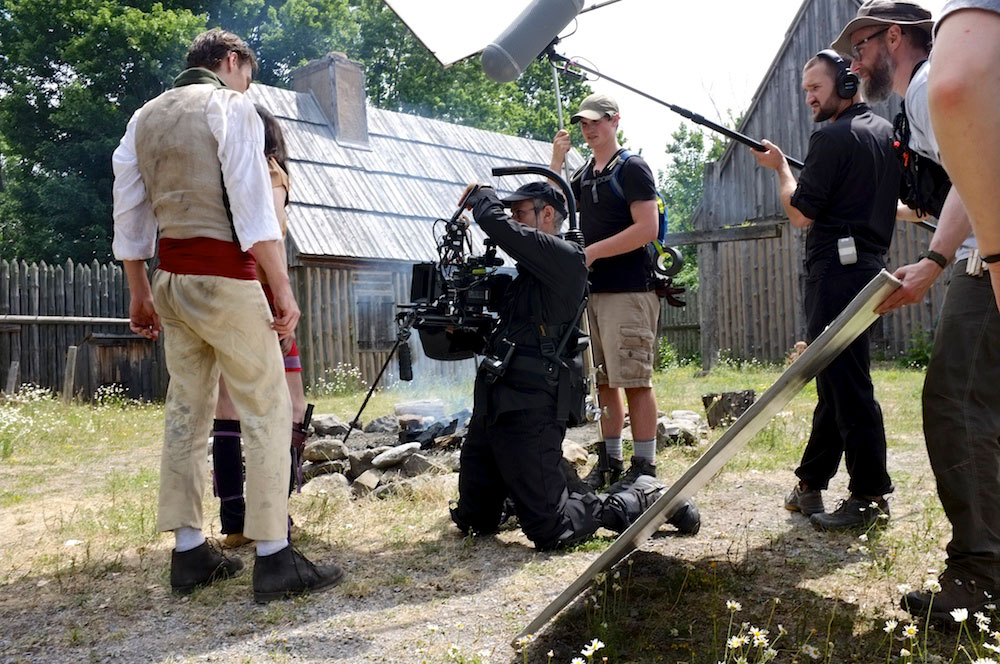
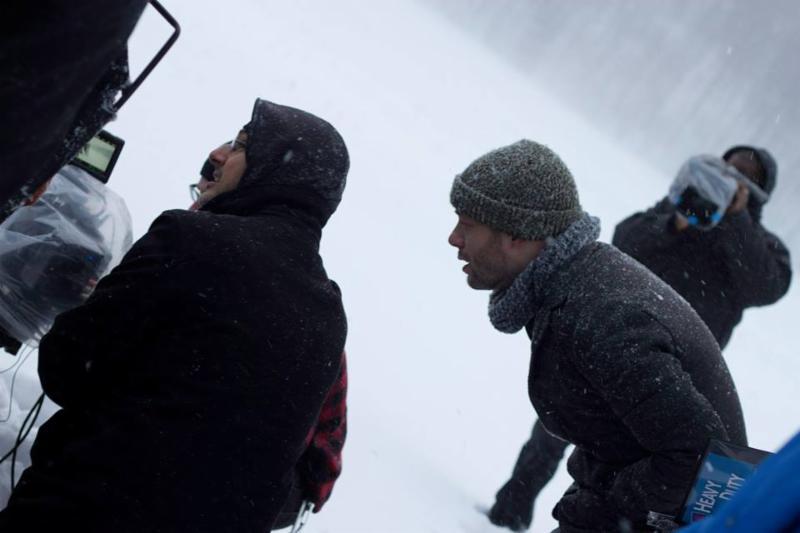


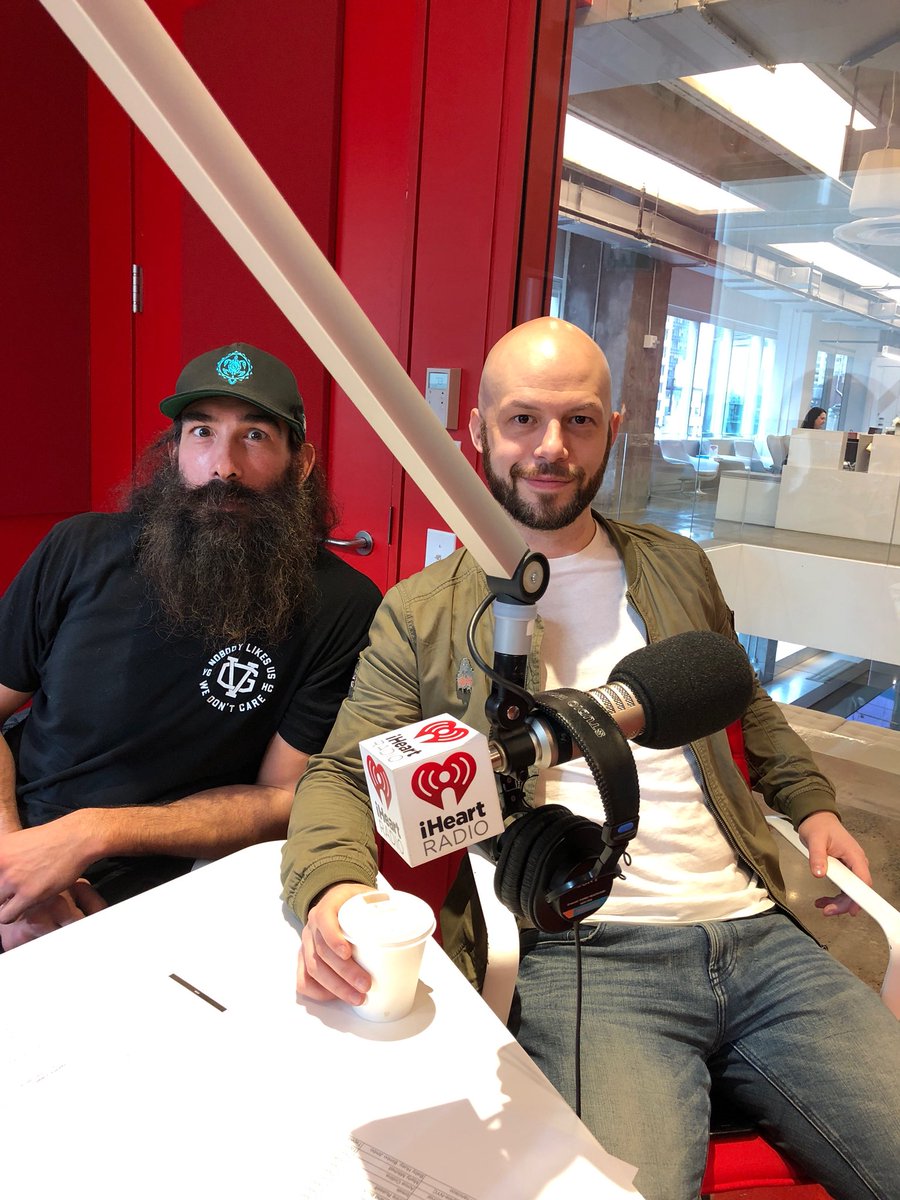
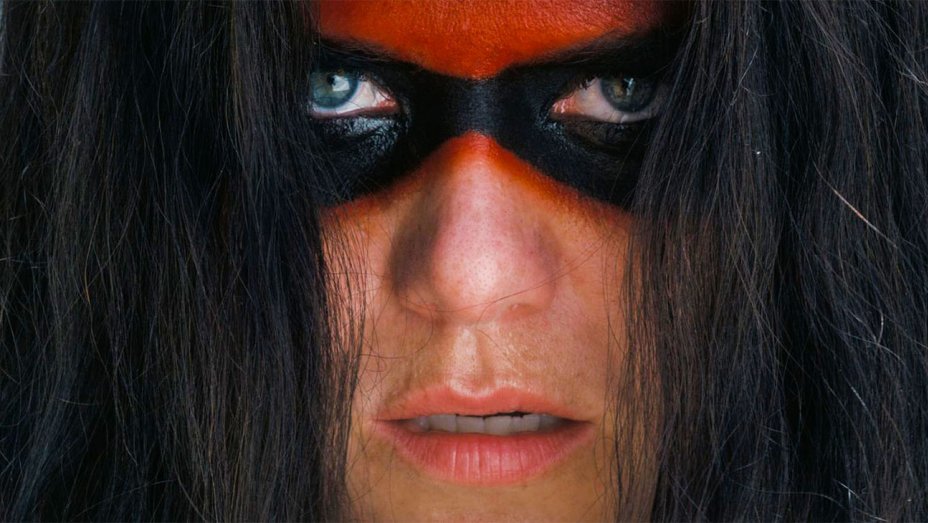
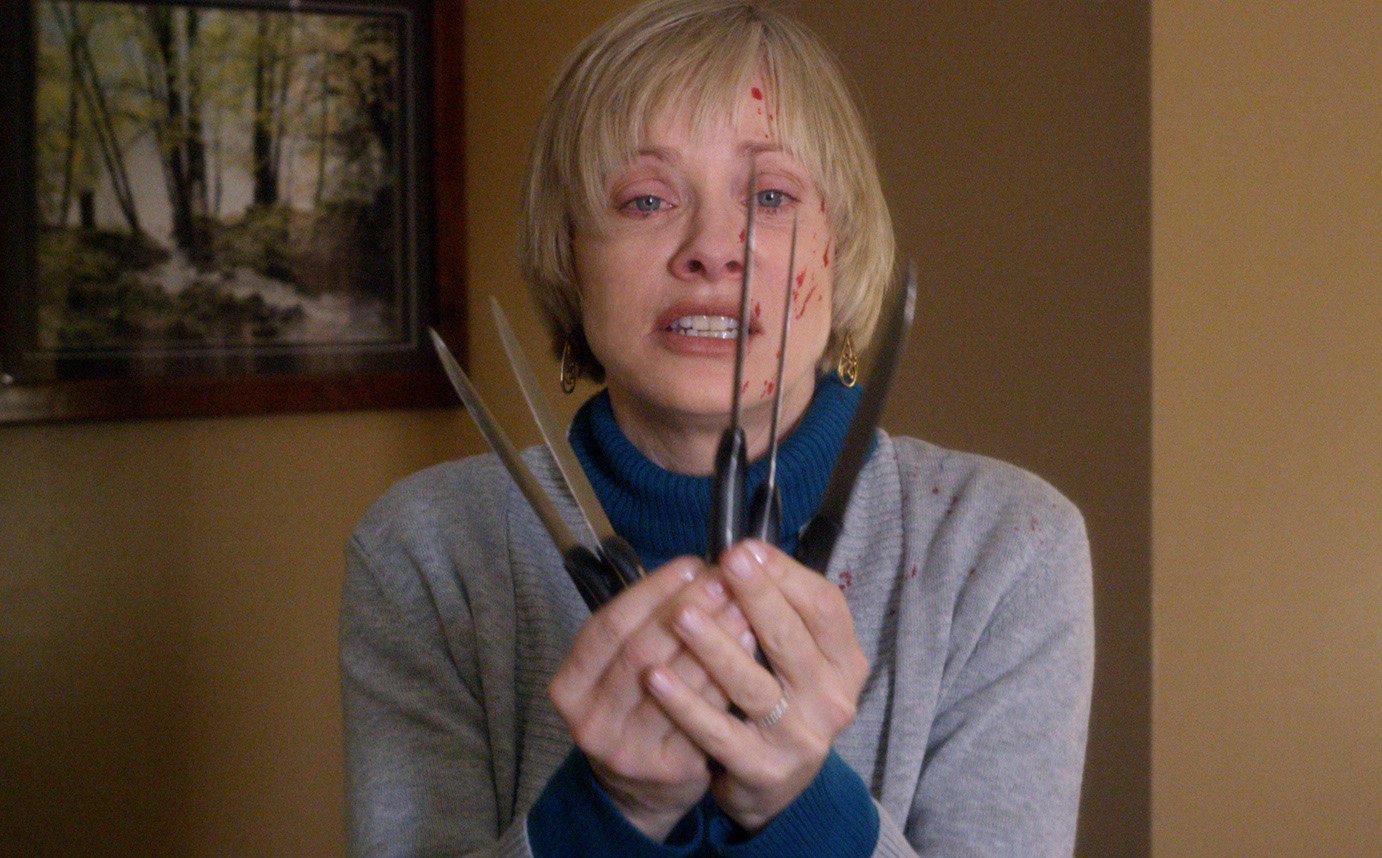

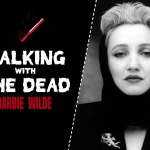

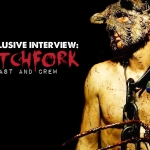





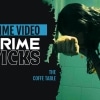


Follow Us!